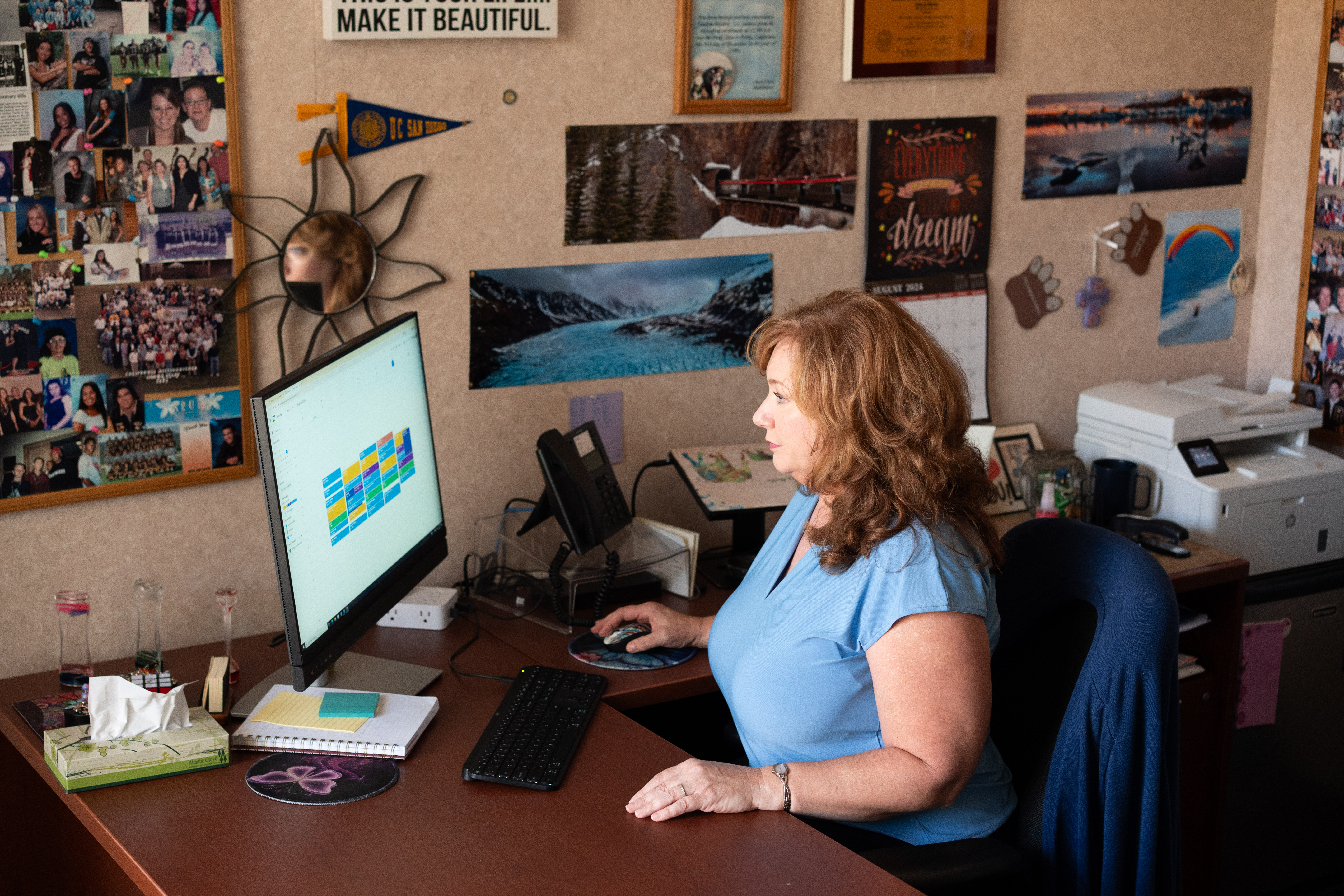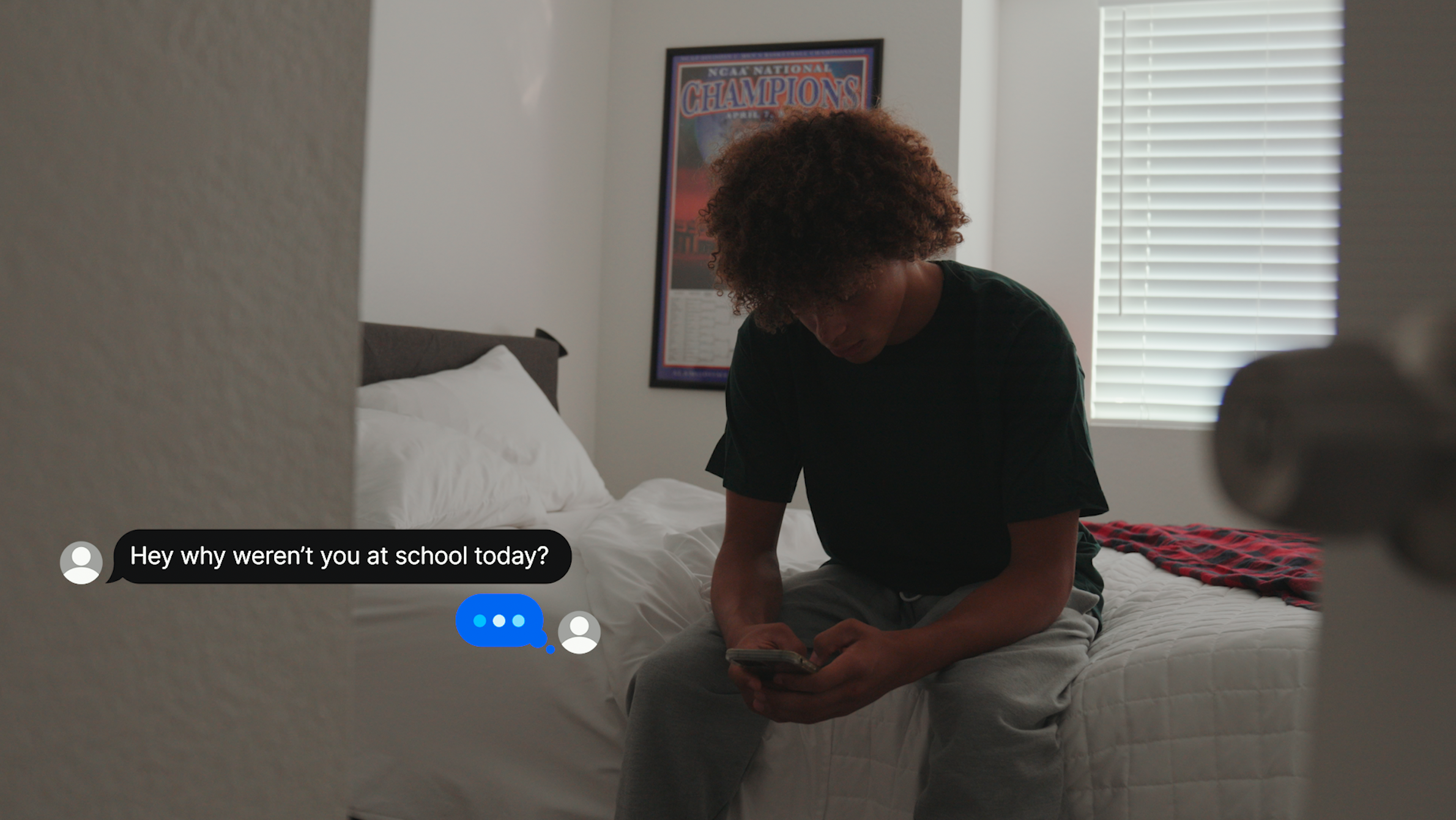Flag the Moment: How School Leaders Can Find Moments of Holiday Joy
“Relax and enjoy your time with family:” This is the message school staff generally hear from leadership as they prepare for the holiday break. While...
4 min read
Care Solace Jan 26, 2024 3:33:21 PM

As a school leader, you’re well acquainted with burnout. It’s a potential occupational hazard for educators, no matter what their role. You may have even experienced some degree of burnout yourself. In many ways, burnout is expected in education, even planned for. For example, you might anticipate a certain percentage of teachers will leave in their first couple of years. It's easy to assume teachers leave because they are somehow a poor fit — or that they lack passion, commitment, or resilience. But actually, those educators may have determinedly worked their way into classrooms only to leave in an act of self-preservation.
Burnout in education doesn’t need to be a given; you do have some control over this ubiquitous phenomenon. You don’t need a bigger budget or a bigger staff. Beating school staff burnout hinges on your willingness to make self-adjustments in a public way. In short, you need to determinedly model simple, practical choices that protect educators from job burnout. That way, your staff will give themselves permission to make the same choices — so they can keep doing what they love for a long time to come.
Tactic 1: Cultivate Balance By Taking Real Lunch Breaks
School leaders need to show staff that it’s possible to be both a committed educator and a healthy person. You can model that truth while doing something you do every day: Eating lunch. Make sure your staff see you taking real lunch breaks away from your desk and consider eating lunch with them. Show your staff how important it is to fuel their bodies and leave their classrooms to take a work-free lunch. Trying hosting a work-free lunch for your staff.
Many educators are high performers driven by perfectionism and pressure. They’ve repeatedly heard they need to “fill up their own cup first” or “put on their own oxygen mask first,” but their desire for excellence can keep them from paying attention to an emptying cup or unused mask. Your visible commitment to taking a lunch break during the day can assure them that they can cut themselves a break, too.
Tactic 2: Prioritize Team Commitments and Value Your Staff’s Time
As much as is possible, be reliable with scheduled staff meetings. Every time you cancel a meeting with a staff member or a teacher (or you bump an evaluation), you're actually contributing to their stress. From your staff’s point of view, it may appear as though a student's need or an administrator's need always trumps their needs. Make sure to verbally acknowledge this perception. Certainly, when there is a crisis, you have to set staff issues aside. But in order to protect them from burnout, your staff has to know their time is important.
You can also show your staff that they are a priority and that their time is valuable by sending emails instead of holding extra meetings (when and where appropriate). You can also hold walking meetings to get both parties up out of their chairs and moving. And when you can, get staff members out of their groups; that way, they’re more likely to drop their defenses, and you can have just more authentic engagement.
Tactic 3: Value Self-Care by Taking Time Off from Work
Take time off from work — and be explicit that you're taking the time off. People who choose education as an occupation tend to be caring people who put others before themselves. Unfortunately, school leaders may inadvertently reward individuals who are actually neglecting themselves and question (or even judge) those who prioritize their own health and well-being by requesting time off.
All the emails and pep talks in the world won’t convince your staff that it’s ok to take good care of themselves. They need to see that it’s ok with their own eyes, and no example is as powerful as yours.
Tactic 4: Fostering Well-being and Burnout Conversations
Find ways to create mindful, calming spaces for your staff members. Take a moment at the beginning of meetings for everyone to center themselves and honor their realities. Use the words “well-being” and “burnout.” Share knowledge and resources (like the Brene Brown-approved book, Burnout: The Secret to Unlocking the Stress Cycle) and facilitate conversations around them.
When teachers aren't absent and aren’t complaining, that doesn’t mean a burnout isn’t already underway. In other words, no news is not good news when it comes to teacher health and well-being. High-performing teachers might be the ones you ought to be most concerned about. They are the educators who most need to learn to rest when they’re not well in mind or body.
And bonus: When your staff members have permission to pause together and acknowledge their challenges and the challenges of those around them, you’ll actually work better together.
Tactic 5: Take a Holistic Approach by Offering Mental Health Resources
School leaders should normalize mental health care as a prevention, not just as a reaction to burnout or a separate mental health crisis. Advocating for utilization of mental health resources is part of being accountable for a safe and healthy workplace.
When mental health issues are perceived as personal weakness, then your staff will be inclined to hide their burnout symptoms and experience shame around them. The more leadership talks openly about mental health, the less stigmatized it will be.
Make sure your school staff has an anonymous pathway to mental health care with a care coordination service like Care Solace. Then they can rest assured that their private struggles remain private. And naturally, school leaders should ensure staff have time to use the services without penalty.
Empowering School Staff: Combating Burnout Starts With Leadership
Mitigating school staff burnout is a crucial responsibility for educational leaders, and it begins with your intentional and visible efforts. Recognizing that burnout is not an inevitable aspect of the profession is the first step. Taking breaks communicates the importance of balance. Explicitly addressing well-being and burnout cultivates a culture of openness and support, encouraging staff to prioritize self-care without guilt. And offering mental health resources as a preventive measure, not just a reaction, contributes to a healthier workplace.
The responsibility to combat burnout rests on the shoulders of school leaders who actively model a culture of well-being, ensuring that educators can sustain their passion and dedication over the long haul.
Act Now to Prioritize Staff Well-being
Schedule a demo to learn how Care Solace can partner with your district and provide confidential pathways to mental health support.
Battle the Burnout
Click the image below to download our shareable infographic on how your staff can effectively battle their own burnout.
.png)
“Relax and enjoy your time with family:” This is the message school staff generally hear from leadership as they prepare for the holiday break. While...

The demand for culturally relevant and equitable care has never been more pressing. Dr. Aaron Henderson, a therapist, professor, and social justice...

Schools are often the first line of defense in supporting student mental health and preventing youth suicide. Recognizing this responsibility,...